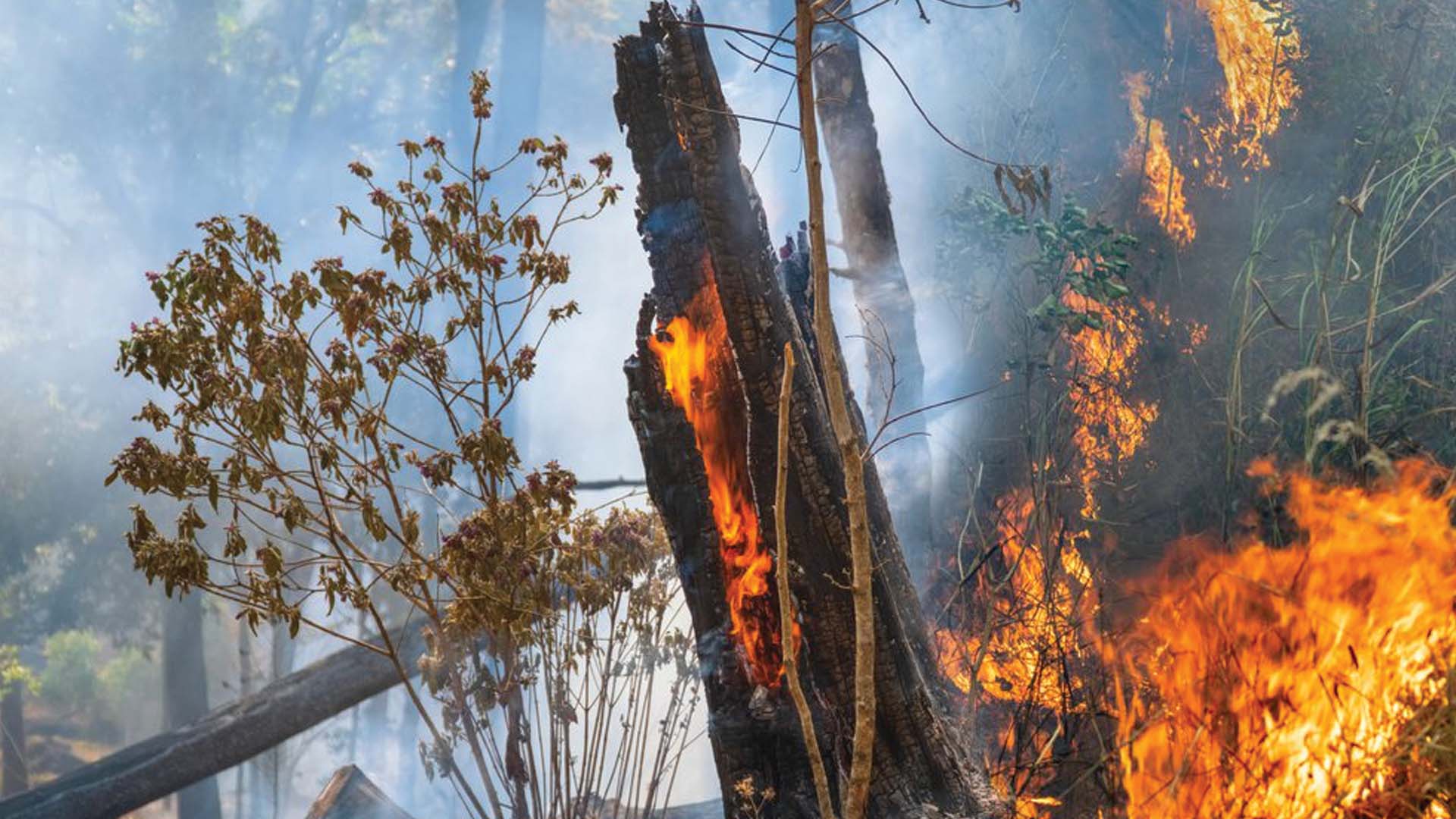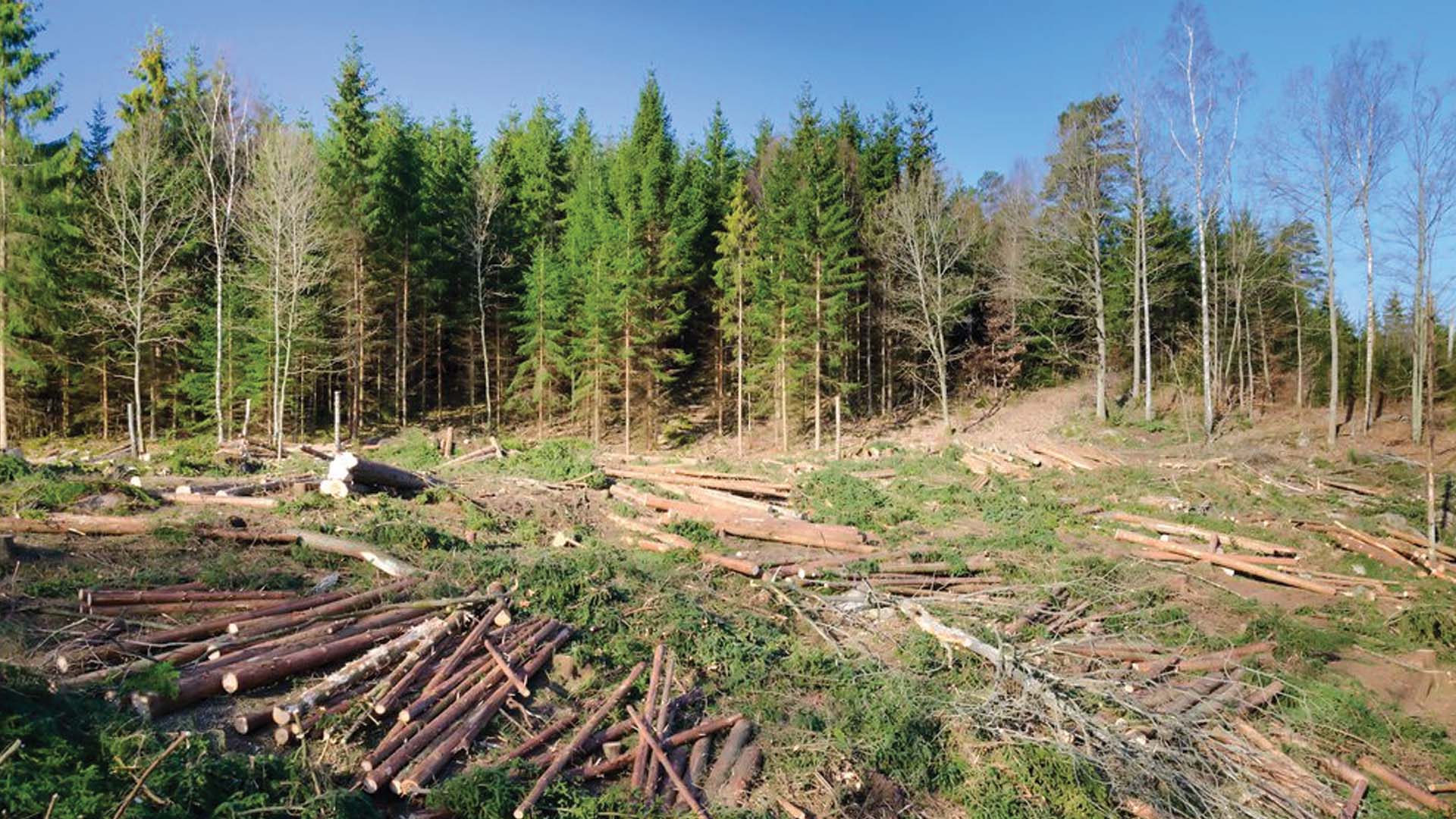From forest fires to climate change to deforestation, the world’s forests are consistently on the front page of our news. Unfortunately, most of these stories are negative, detailing the many issues that are facing our forests. However, there is some room for optimism. Forest professionals are working with world-class machines and technology to improve the future of the forestry industry—helping us, our planet, and the forest’s wildlife.
Active Forest Management
One of the biggest and most exciting parts of the future of forestry is already happening in many of the world’s forests by professional foresters: active forest management.

One of the most important ways to actively manage a forest occurs after a fire. During this post-fire salvage, machines remove the burnt timber and trees from the forest to reduce the chances of fires happening again. The future of forestry is evident in machines like Ponsse’s Harvester which is equipped with a computer system that maximizes every log from the burnt tree and minimizes waste from the ground. The machine wraps around the tree to cut it, pulls the cut tree through a device that takes off the limb, and then saws the tree into a log.
This timber is then sent to a sawmill and can be repurposed as mulch or as longs so that the burnt trees do not go to waste. After the machines have salvaged all that they can, new seedlings are planted in their place. This entire post-fire process promotes future forest development, supports the local timber industry, and reduces the chances of a forest fire occurring again.
Even though it may sound counterproductive, another way to actively manage a forest is through thinning a forest. By thinning a forest by 50%, carbon is sequestered, wildlife habitat is increased, and chances of forest fires are reduced.
Increased User Connectivity
Something that is not yet available in forestry but will be available in the near future is increased connectivity between the foresters and the end-user. This means that the machine in the forest is programmed to harvest logs to a specific size and amount that the end-user requests. If you wanted to build a house, for example, all of the logs could be cut exactly to the size that you need. This guarantees that the harvested logs will not be wasted, making the logging process more sustainable and efficient.
Using Cut-To-Length Logging
There are environmentally friendly ways to log forests, and the cut-to-length method is a modern method that will play a major role in the future of forestry. In cut-to-length, trees are harvested according to use, which enables the trees to be processed efficiently.
Trees are also delimbed and bucked in the forest. This means that in nutrient-rich top and slash, the branches and tops are left in the forest and just the leaves and needles are cut.
This method also helps when thinning forests, because the machines feature a crane that reaches 10 meters, allowing for selective thinning. Thinning prevents the forest from becoming too dense and the trees from drying out, significantly reducing the risks of things like insect damage and forest fires.
Implementation of Big Data
Like most industries, the growth of big data has greatly affected the forestry industry and will continue to aid it in the future. With this big data, more accurate and reliable forestry data can be obtained which allows for forests to be monitored more closely. For example, China uses big data technology like rechargeable wireless sensor networks (RWSN) to predict when and where a forest fire will occur. The RWSN collects 24-hour weather information and integrates it into a data analysis algorithm to predict the fires.
 Also in China, recent advancements in big data technologies have led to the development of forest resource management systems, which increase the yield and efficiency of forestry industries while also reducing the environmental impact of forestry. In the system, big data technologies connect data from geospatial tools like satellite, airborne, unmanned aerial vehicles, and global positioning systems to enable highly repeatable measurements and actions to manage and harvest forest stands. This connects the production to the supply chain, making forest management more sustainable.
Also in China, recent advancements in big data technologies have led to the development of forest resource management systems, which increase the yield and efficiency of forestry industries while also reducing the environmental impact of forestry. In the system, big data technologies connect data from geospatial tools like satellite, airborne, unmanned aerial vehicles, and global positioning systems to enable highly repeatable measurements and actions to manage and harvest forest stands. This connects the production to the supply chain, making forest management more sustainable.
To watch some of these exciting innovations in action, stream Tomorrow’s World Today’s “The Power of Air” on SCIGo and Discovery GO.
Explore the World of Innovation, and discover the science behind roller coasters, the evolution of energy, and what you need to know about electronic recycling.







